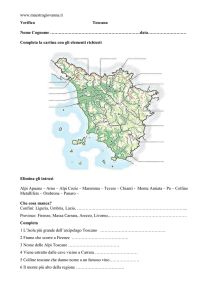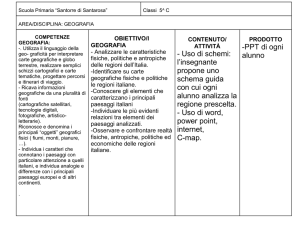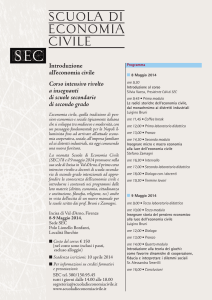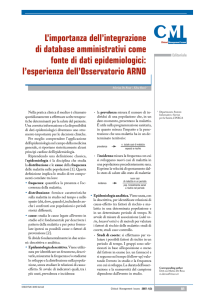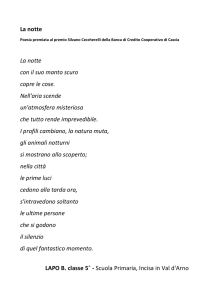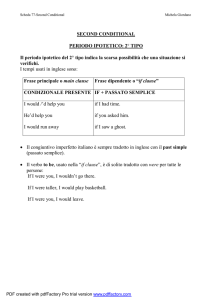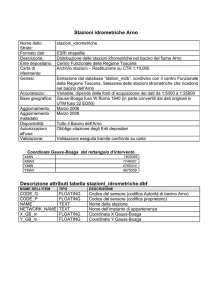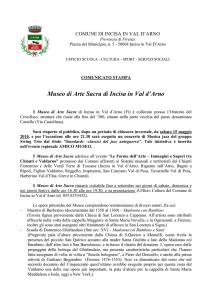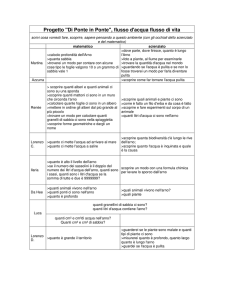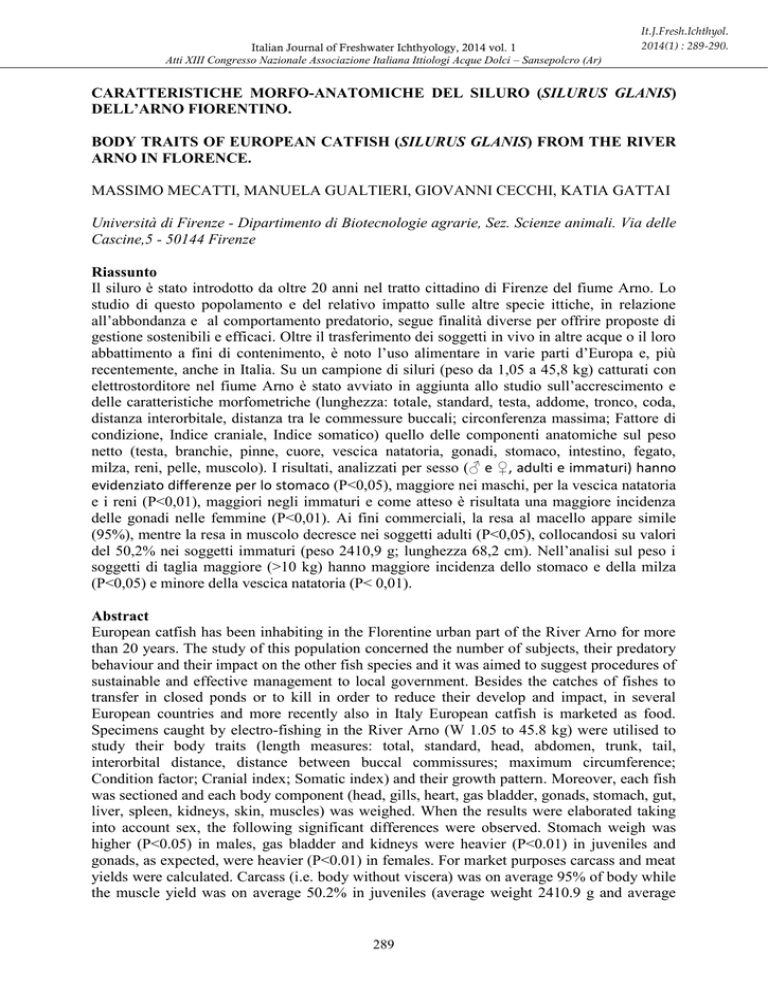
Italian Journal of Freshwater Ichthyology, 2014 vol. 1
Atti XIII Congresso Nazionale Associazione Italiana Ittiologi Acque Dolci – Sansepolcro (Ar)
It.J.Fresh.Ichthyol.
2014(1) : 289-290.
CARATTERISTICHE MORFO-ANATOMICHE DEL SILURO (SILURUS GLANIS)
DELL’ARNO FIORENTINO.
BODY TRAITS OF EUROPEAN CATFISH (SILURUS GLANIS) FROM THE RIVER
ARNO IN FLORENCE.
MASSIMO MECATTI, MANUELA GUALTIERI, GIOVANNI CECCHI, KATIA GATTAI
Università di Firenze - Dipartimento di Biotecnologie agrarie, Sez. Scienze animali. Via delle
Cascine,5 - 50144 Firenze
Riassunto
Il siluro è stato introdotto da oltre 20 anni nel tratto cittadino di Firenze del fiume Arno. Lo
studio di questo popolamento e del relativo impatto sulle altre specie ittiche, in relazione
all’abbondanza e al comportamento predatorio, segue finalità diverse per offrire proposte di
gestione sostenibili e efficaci. Oltre il trasferimento dei soggetti in vivo in altre acque o il loro
abbattimento a fini di contenimento, è noto l’uso alimentare in varie parti d’Europa e, più
recentemente, anche in Italia. Su un campione di siluri (peso da 1,05 a 45,8 kg) catturati con
elettrostorditore nel fiume Arno è stato avviato in aggiunta allo studio sull’accrescimento e
delle caratteristiche morfometriche (lunghezza: totale, standard, testa, addome, tronco, coda,
distanza interorbitale, distanza tra le commessure buccali; circonferenza massima; Fattore di
condizione, Indice craniale, Indice somatico) quello delle componenti anatomiche sul peso
netto (testa, branchie, pinne, cuore, vescica natatoria, gonadi, stomaco, intestino, fegato,
milza, reni, pelle, muscolo). I risultati, analizzati per sesso (♂ e ♀, adulti e immaturi) hanno
evidenziato differenze per lo stomaco (P<0,05), maggiore nei maschi, per la vescica natatoria
e i reni (P<0,01), maggiori negli immaturi e come atteso è risultata una maggiore incidenza
delle gonadi nelle femmine (P<0,01). Ai fini commerciali, la resa al macello appare simile
(95%), mentre la resa in muscolo decresce nei soggetti adulti (P<0,05), collocandosi su valori
del 50,2% nei soggetti immaturi (peso 2410,9 g; lunghezza 68,2 cm). Nell’analisi sul peso i
soggetti di taglia maggiore (>10 kg) hanno maggiore incidenza dello stomaco e della milza
(P<0,05) e minore della vescica natatoria (P< 0,01).
Abstract
European catfish has been inhabiting in the Florentine urban part of the River Arno for more
than 20 years. The study of this population concerned the number of subjects, their predatory
behaviour and their impact on the other fish species and it was aimed to suggest procedures of
sustainable and effective management to local government. Besides the catches of fishes to
transfer in closed ponds or to kill in order to reduce their develop and impact, in several
European countries and more recently also in Italy European catfish is marketed as food.
Specimens caught by electro-fishing in the River Arno (W 1.05 to 45.8 kg) were utilised to
study their body traits (length measures: total, standard, head, abdomen, trunk, tail,
interorbital distance, distance between buccal commissures; maximum circumference;
Condition factor; Cranial index; Somatic index) and their growth pattern. Moreover, each fish
was sectioned and each body component (head, gills, heart, gas bladder, gonads, stomach, gut,
liver, spleen, kidneys, skin, muscles) was weighed. When the results were elaborated taking
into account sex, the following significant differences were observed. Stomach weigh was
higher (P<0.05) in males, gas bladder and kidneys were heavier (P<0.01) in juveniles and
gonads, as expected, were heavier (P<0.01) in females. For market purposes carcass and meat
yields were calculated. Carcass (i.e. body without viscera) was on average 95% of body while
the muscle yield was on average 50.2% in juveniles (average weight 2410.9 g and average
289
Italian Journal of Freshwater Ichthyology, 2014 vol. 1
Atti XIII Congresso Nazionale Associazione Italiana Ittiologi Acque Dolci – Sansepolcro (Ar)
length 68.2 cm) but lower (P<0.05) in adults. Subjects of the greatest size (W >10 kg) showed
the heaviest stomach and spleen (P<0.05) but the lightest gas bladder (P< 0.01).
290


